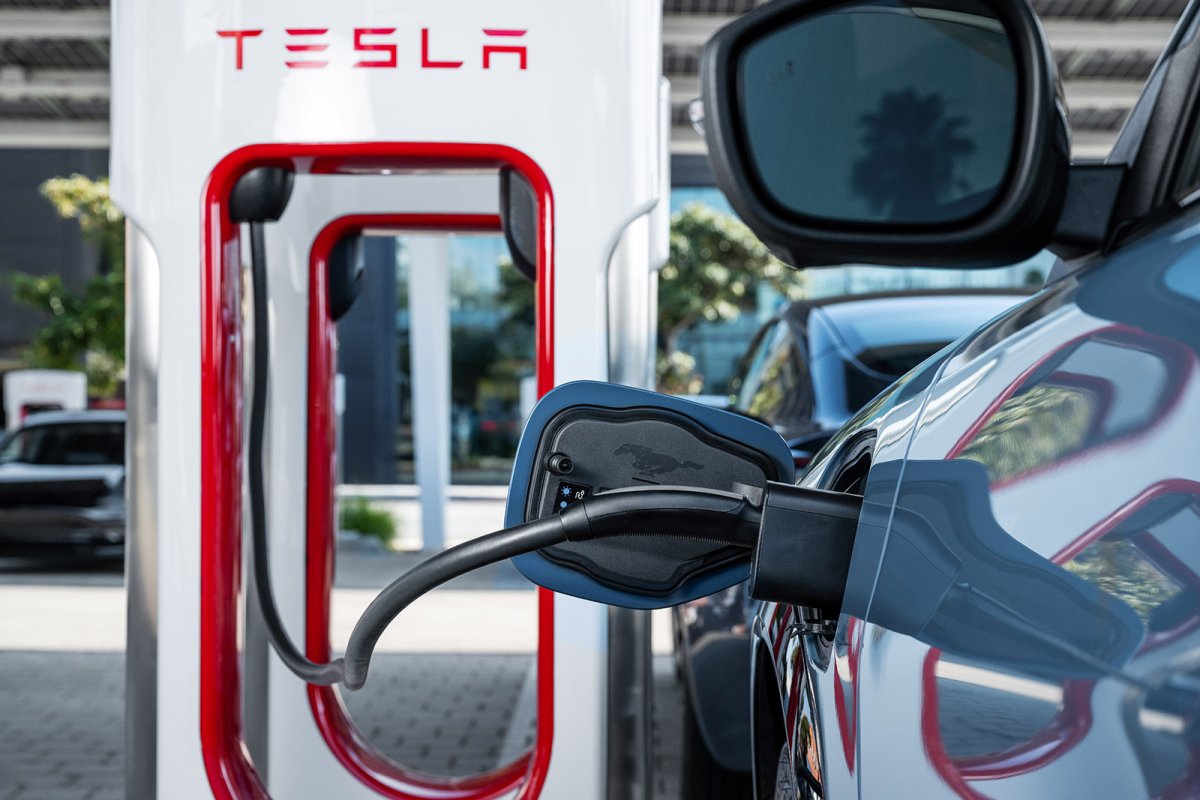When buying a used car, there’s an additional thing to consider in the age of electric vehicles (EVs), battery health. A battery’s state of health (SOH) changes over the course of its lifespan based on many factors and can limit the all-electric range of a used car, truck or sport utility vehicle (SUV).
The U.S. Department of Energy’s National Renewable Energy Laboratory estimates that most modern batteries have a lifespan of 12 to 15 years. In that time, the average vehicle travels 100,000 to 200,000 miles.
During a battery’s lifespan, its usable power storage capacity dwindles. The rate of loss is dependent on many factors, including the environment it’s used in and charging behavior.
“One of the biggest questions among used EV shoppers is whether the battery is any good,” said reporter John Voelcker, who’s covered electric vehicles for 15 years for Car and Driver and other publications for two decades.
“Sometimes a salesperson points to the remaining range when the battery’s been charged to 100 percent and compares it to the Environmental Protection Agency-rated range when new. But an EV’s range-remaining calculator depends on how it was driven recently (often for the last 50 miles), so it can vary enormously between high-speed highway miles and slow, stop-and-go city or suburban traffic,” he said.

Ford
Autotrader, one of the leading new and used vehicle sellers in the U.S., added SOH information for all its electric vehicles that are on sale recently, joining a list of other sellers that have done the same.
Many auto sales websites give buyers information about battery range in used EVs, though usually it’s just a range number. Carvana said that it checks that any EV it sells has at least 70 percent of its original range, which is reflected on the listing. TrueCar, CarGurus, Tesla.com and others list range when new, independent of mileage or age. Cars.com, similar to Autotrader, uses information from Recurrent to identify and display the battery health of its listed vehicles.
Recurrent’s Range Score compares a vehicle’s current expected range to what was normal when new and not the EPA rating. Its website says that many of the new cars it sees get a significantly different range during normal use.
Knowing the health of the battery pack in a used EV gives the potential buyer insight into how much longer a battery pack might be good for, which could help them avoid a costly replacement down the road.
“The health of an EV battery is an indicator of how that battery—and likely the vehicle—was cared for by previous owners. Frequent fast charging, often running the battery below 20 percent charge and keeping the car charged past 80 percent every day are all harmful to the battery’s longevity. Knowing the health of an EV battery is like seeing a record of past oil changes for a gasoline-powered car,” Brian Moody, executive editor for Autotrader, told Newsweek.
Autotrader rates battery health as excellent, great, good or fair. Its parent company, Cox Automotive, has developed software to read a battery’s condition based on remaining capacity and other factors that help determine the health of an EV battery by vehicle identification number (VIN), not just an estimate by model type.

Ford
At Ford, Nissan and Volkswagen dealerships, the battery check for used EVs comes during an inspection prior to resale. However, at most dealership websites, buyers can only see the range when the vehicle is new displayed, and sometimes current 100 percent state-of-charge range, but nothing deeper.
All new and used EVs are covered by the federal government warranty that requires that EV batteries be covered for at least eight years or 100,000 miles from new. Some manufacturers like Hyundai and Kia offer a longer term.











